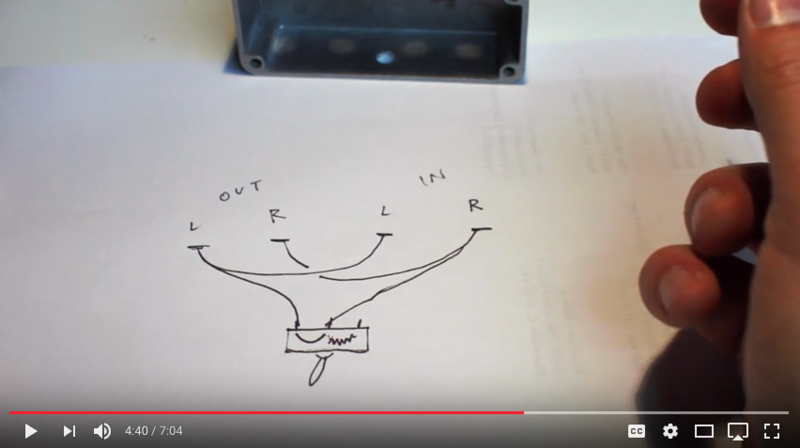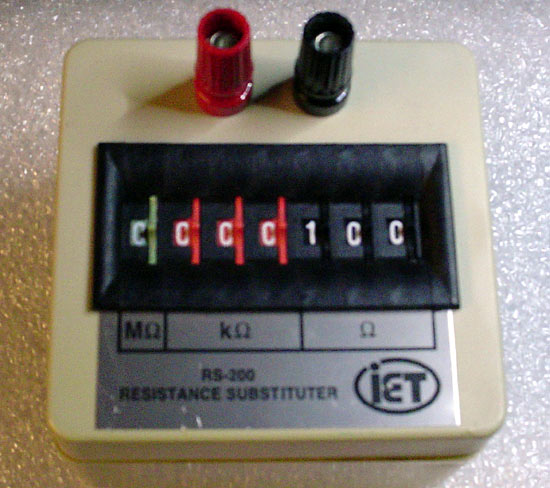 by pichacker Mon Dec 05, 2016 3:17 am
by pichacker Mon Dec 05, 2016 3:17 am
"if you combine two equal signals you'll wind up with a signal twice as big. So the resistors do two things, they cut the signal down a little, so the sum is about equal to the parts,"
Not strictly true Kevin. If you were to "add" in the purely mathematical sense then yes but in this case if you have two 1vpp sine waves in phase and paralleled them together (assume zero source impedance) you'd still have a 1vpp sine wave. Think of the case where you parallel two 1.5v cells. What voltage do you get? Yep 1.5v.
When combining signals that differ from each other then this is where the resistors come into play. If we still use our use case from above, the 1vpp sine waves, if they are 180 degrees out of phase, they would cancel out. The result would be a zero output. Now lets go back to the cell analogy. If we were to wire the cells back to back the result would be next to zero voltage. BUT we would now have a current flowing , limited only by the internal impedance of the cells.
The purpose of the resistors is to generally limit this current and the consequential loading of the source. An overloaded source is not a happy one and can suffer increased distortion. (Your comment re isolation is true here)
Going back to a practical example, where we have load and source impedances there is of course a real world chance that combining two signals into a single source will increase the amplitude.
Hope this makes some sense.
Steve.






